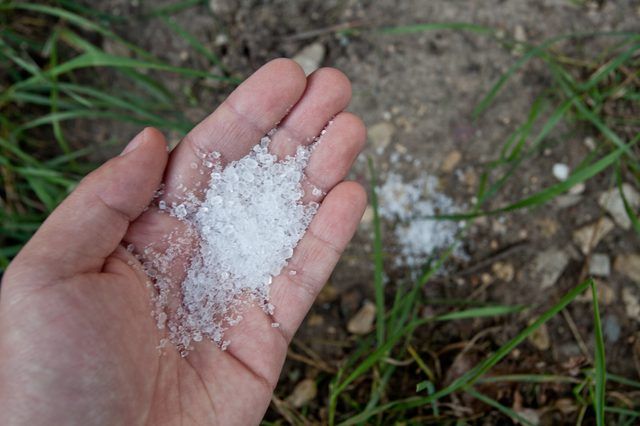Bulbs
Flower Basics
Flower Beds & Specialty Gardens
Flower Garden
Garden Furniture
Garden Gnomes
Garden Seeds
Garden Sheds
Garden Statues
Garden Tools & Supplies
Gardening Basics
Green & Organic
Groundcovers & Vines
Growing Annuals
Growing Basil
Growing Beans
Growing Berries
Growing Blueberries
Growing Cactus
Growing Corn
Growing Cotton
Growing Edibles
Growing Flowers
Growing Garlic
Growing Grapes
Growing Grass
Growing Herbs
Growing Jasmine
Growing Mint
Growing Mushrooms
Orchids
Growing Peanuts
Growing Perennials
Growing Plants
Growing Rosemary
Growing Roses
Growing Strawberries
Growing Sunflowers
Growing Thyme
Growing Tomatoes
Growing Tulips
Growing Vegetables
Herb Basics
Herb Garden
Indoor Growing
Landscaping Basics
Landscaping Patios
Landscaping Plants
Landscaping Shrubs
Landscaping Trees
Landscaping Walks & Pathways
Lawn Basics
Lawn Maintenance
Lawn Mowers
Lawn Ornaments
Lawn Planting
Lawn Tools
Outdoor Growing
Overall Landscape Planning
Pests, Weeds & Problems
Plant Basics
Rock Garden
Rose Garden
Shrubs
Soil
Specialty Gardens
Trees
Vegetable Garden
Yard Maintenance
How to Get Rid of Citronella Ants
How to Get Rid of Citronella Ants. Ants in and around the home often cause a bit of disturbance to homeowners. Citronella ants (Acanthomyops interjectus), also called foundation ants and large yellow ants, often cause concern that isn't warranted. Despite their size and innate abilities to enter homes through small cracks when swarming, these ants...
Ants in and around the home often cause a bit of disturbance to homeowners. Citronella ants (Acanthomyops interjectus), also called foundation ants and large yellow ants, often cause concern that isn't warranted. Despite their size and innate abilities to enter homes through small cracks when swarming, these ants are barely a nuisance species. They do not forage for food or reproduce indoors and are not built to live in homes or other structures. As such, controlling them in the home is best done with exclusion techniques.
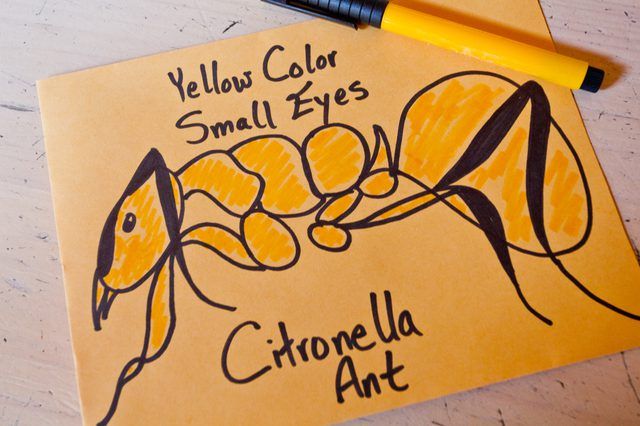
These large, yellow ants are soil-nesting, meaning they prefer to build their nests outdoors in soil, typically under logs, rocks, concrete, porches and other similar structures. They are fairly large ants; workers are typically 1/4 inch long with an orange-yellow body. Homeowners rarely come across these ants except during short periods throughout the year, typically in early spring or late summer to early fall, when swarmers begin looking for mates and to start new colonies. Swarmers are approximately twice the size of typical workers with smoky wings; they closely resemble swarming termites.
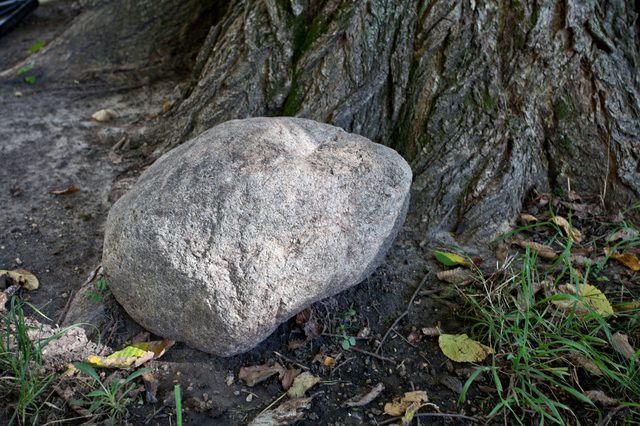
Because these ants typically enter homes only during the swarming period, excluding them is one of the simplest and most effective methods of controlling them. They'll often find expansion cracks in foundations or around doorways. Find and fill the cracks in which the ants are coming in. Use caulk or similar materials to fill voids and cracks around the foundation, doors and windows of your home.
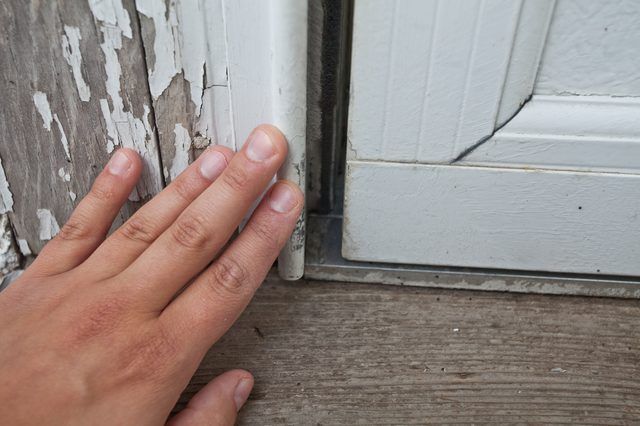
A vacuum cleaner can do wonders for ridding your home of swarming citronella ants. If they do enter your home, sweep them up with the vacuum cleaner. A vacuum with a long wand can make the task easier. You can release any that survive the vacuum.
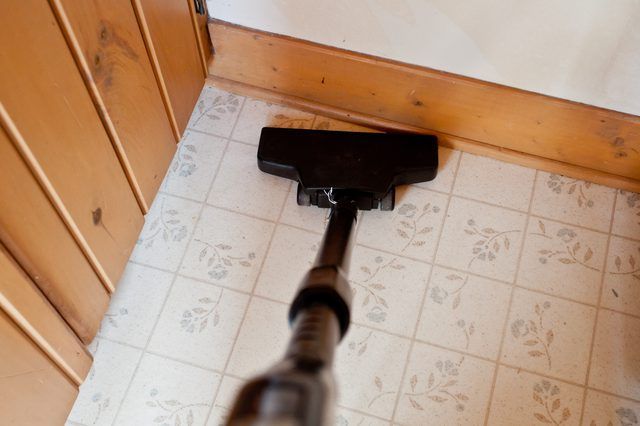
In rare circumstances, these ants nest near or in foundations and crawl spaces, making them more of a nuisance. To control the ants in this type of situation, it is important to find the colony. In general, citronella ant colonies have a mound of soil around the opening. Dusting silica gel or over-the-counter ant controls into the nest with a handheld duster is often effective.
